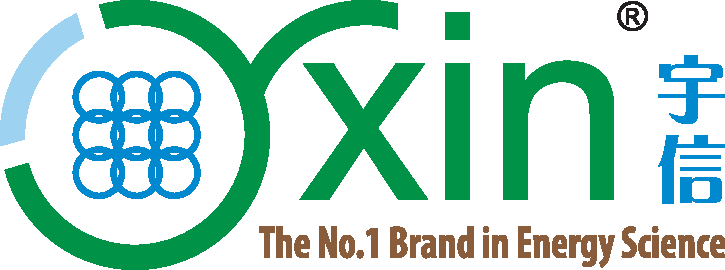



Tibetan Medicine is a discipline that emerged from the accumulative experience of Tibetans who have lived on the snowy plateau for generations, where they have fought the forces of nature and a myriad of diseases, making it the gem of Chinese medicine.
Tibetan Medicine has undergone a course of development for at least 2,000 years. The most noble work on Tibetan Medicine, "The Four Tantras" was published 1,300 years ago. Known for decoding generations of practical experience in Tibetan Medicine into a theoretical and systematic discipline, it is regarded by many researchers as the pinnacle of Tibetan Medicine theory that is incomparable.
Tibetan Medicine contains rich contents, a comprehensive and systematic approach, and distinctive tribal elements. Due to its long history, comprehensive theory, remedy analysis and therapeutic effect, Tibetan Medicine is ranked first out of the four China’s ethnic minority medicines, outperforming Mongolian Medicine, Uygur Medicine and Dai Medicine. In short, the areas of Tibet are rich in flora diversity. By putting Tibet's vast natural resources into good use, its plants will be turned into an economic advantage!
Tibetan Medicine contains classic example of medicine processing (Pao Zhi) and use of medicine. The use of Tibetan medicine must be in line with its theories. Instead of using a single property, Tibetan remedy is a mixture of various herbs, which are usually made up of more than 25 properties, sometimes up to 70 or 80, or even a hundred.
Tibetan Medicine practitioners highly emphasise on what goes into medicine processing. There are 5 main dosage forms in Tibetan Medicine, which are powder, pill, decoction, topical and lipid. Based on a patient's symptoms, practitioners formulate the medicines into powder, pill, topical or lipid, making it convenient for patients to apply or consume.
The earliest inscription of Tibetan Lum Medicinal Bathing, or Lum Medicinal Bathing of Sowa Rigpa, can be found in the Tibetan Medicine classic journal "The Four Tantras". Originated in the "caesaropapism" era of Tibet, Tibetan Lum Medicinal Bathing was the most sought-after wellness therapy for leaders and nobles of various factions in the past. Following the advancement of Tibetan Medicine, medicinal bathing has now become a specialised form of therapy, constituting to the tribal element of "internal and external integration" in Tibetan Medicine. The fast-paced modern work culture has resulted in the rise of subhealth, and Tibetan Lum Medicinal Bathing is an effective treatment method for that.


Tibetan Lum Medicinal Bathing is a vital remedy in line with Tibetan Medicine’s internal medicine, external treatment approach. By soaking the entire body or just the feet in boiled Tibetan medicine liquid, the pores and meridians of the human body will be unclogged, where the medicine’s active ingredients penetrate through the skin pores, and the capillaries absorb them. The bath helps to improve blood circulation, enhance body metabolism, regulate endocrine, and treat arthritis, rheumatism, rheumatoid, gout, ankylosing spondylitis, hypertension, cardiovascular and cerebrovascular diseases, sciatica, skin diseases, gynecological diseases and circulatory diseases.
It is also ideal for weight loss, beauty enhancement, improving skin complexion, hair quality, mental health and sleep quality, as the bath helps eliminate body toxins, reduce fatigue, regulate subhealth and increase life expectancy.


